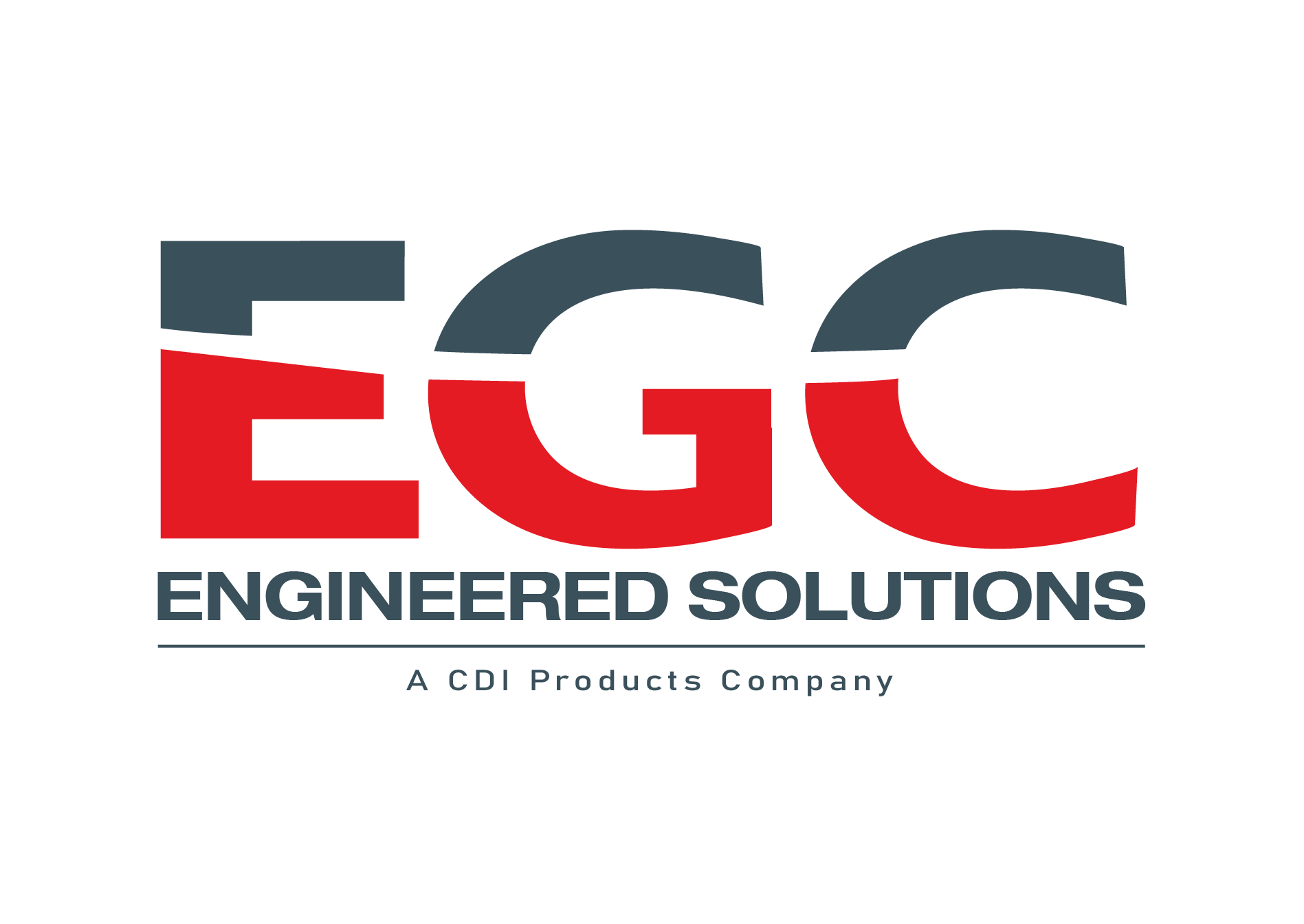EGC Enterprises Publishes a Three Part Series on the Evolution of the EGC Pressure Seal
The story about how Flexible Graphite, an asbestos replacement, became a silver substitute used in Standard Navy Control Valve designs aboard nuclear-propulsion vessels.
It seems a little strange that a material first developed to replace a substance as nasty as asbestos would then recruited by the Navy to replace a metal as pure and precious as silver. Odd as it may be, it’s also part of the history of flexible graphite.
Flexible graphite seals and gaskets were first developed in the late 1970’s as effective, non-toxic substitutes for asbestos. By the early 90s, however, the U.S. Navy’s nuclear fleet had a different problem to solve. The high-pressure valve seals on nuclear-powered ships were made of silver coated metal. The relatively soft silver coating provided a secure seal on imperfect valve surfaces. But the cost of silver was prohibitive, and the Navy wanted a more economical alternative.
Dick Dudman, the Chief Engineer and flexible graphite pioneer at EGC Enterprises, was there when the Navy got in touch. “About 20 years ago, a Navy consultant named Paul Toupin called and was interested in putting flexible graphite in the nuke’s pressure valves as a sealing element. An edict had come down, and the Naval brass wanted the silver out.”
Toupin suspected — and Dudman knew — that flexible graphite was a made-in-heaven product for replacing the silver-coated metal seals. Soft and resilient, flexible graphite has the ability to micro-seal a surface. Its compressed graphite flakes are small enough to fill imperfections and anomalies in the surface. And when the seal is built at the proper thickness, it will also adjust for out-of-flatness conditions. A flexible graphite seal can absorb imperfections and still have enough friction on the mating surfaces to remain in position during the loading and under system pressure. And because flexible graphite has no property loss in the presence of nuclear radiation, it was a natural fit for the Navy’s nuclear pressure valve application.
Of course, Dick Dudman also knew that the flexible graphite material alone was not enough to solve the Navy’s problem. It had to be engineered to fit the application. “You don’t just wad up a bunch of graphite, throw it in a cavity and squeeze it. We had to contain the graphite in anti-extrusion stainless steel caps. That way the seal would have the proper amount of mass to reach density and still fit in exactly the same location as the metal seal it replaces.”
Fortunately, EGC Enterprises already had a head start in the design of such a seal. “We were already in the business of making pressure seals for Arizona Public Service (APS), a public electric power utility. So when Paul Toupin said he was interested in replacing a metal seal with a graphitic one, I suggested he go to a conference in Florida to hear Bill Lehman from APS talk about how our seals worked for APS in their nuclear application.”
As it turns out, APS provided much more than a first-party endorsement — the testing data that the Navy required was actually done by APS in 1999 at one of their facilities. “They used a fixture and loaded and unloaded it temperature-wise, pressure-wise to simulate as many years as possible,” says Dudman. “We spent about a week in the facility and knowing that this was an accelerated test, just extrapolated out the data and that was about 26 years of life — much better than the metal seal. Not many pressure seals even last that long. Even the plants last only about 40 years. So the Navy used the recommendation and we had the authority to proceed.”
Subsequently, the Navy conducted its own tests, most notably 500-hour shock and steam tests performed in 2003 by Target Rock at its steam test facility. The original results were confirmed. The EGC flexible graphite pressure seal performed without any leakage and hit the mark on compressibility.
The sealability benefits of flexible graphite over metal have far reaching implications. As one experienced hand from APS noted, metal seals have only a 60% chance of sealing. When they don’t seal, they must be welded or filled with concrete. And in many applications, there is no access to the valve until the entire system is shut down for maintenance.
To this day, EGC is the only graphite pressure seal tested and approved by the U.S. Navy for use in Standard Navy Control Valve designs aboard nuclear-propulsion vessels. Having replaced both asbestos and silver, it still sails under the U.S. flag on a number of ships.
Corporate Information
EGC is a recognized world leader in engineering and manufacturing of graphite composites for high temperature applications in fluid sealing or thermal systems management.
Need More Information?
To learn more, visit our main website

EGC Enterprises Inc.
140 Parker Court
Chardon, OH 44024
Phone 1-800-EGC-0211 (U.S.A. only)
or 440-285-5835
Fax 440-285-8337
Email | egc@egcgraphite.com
